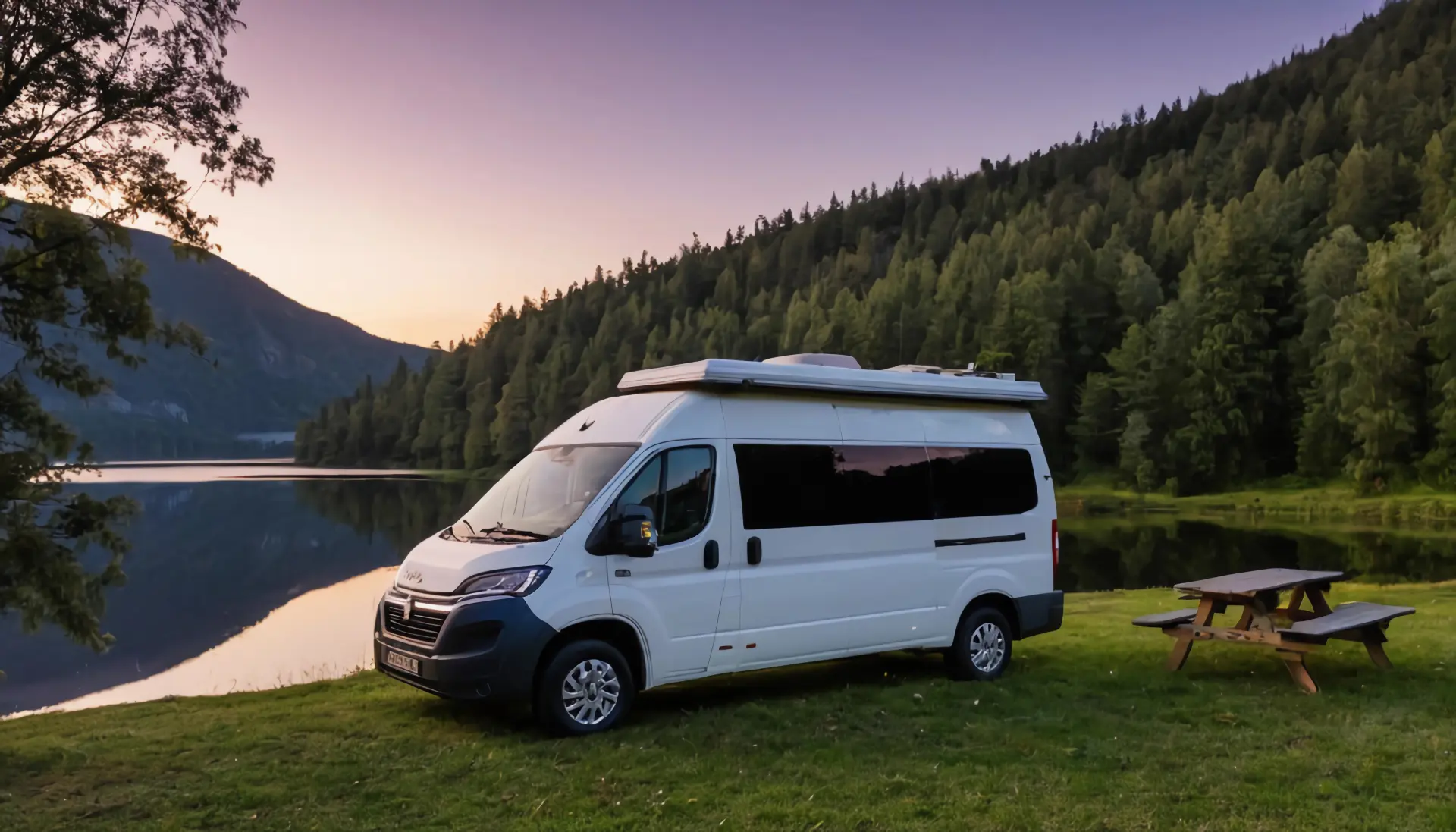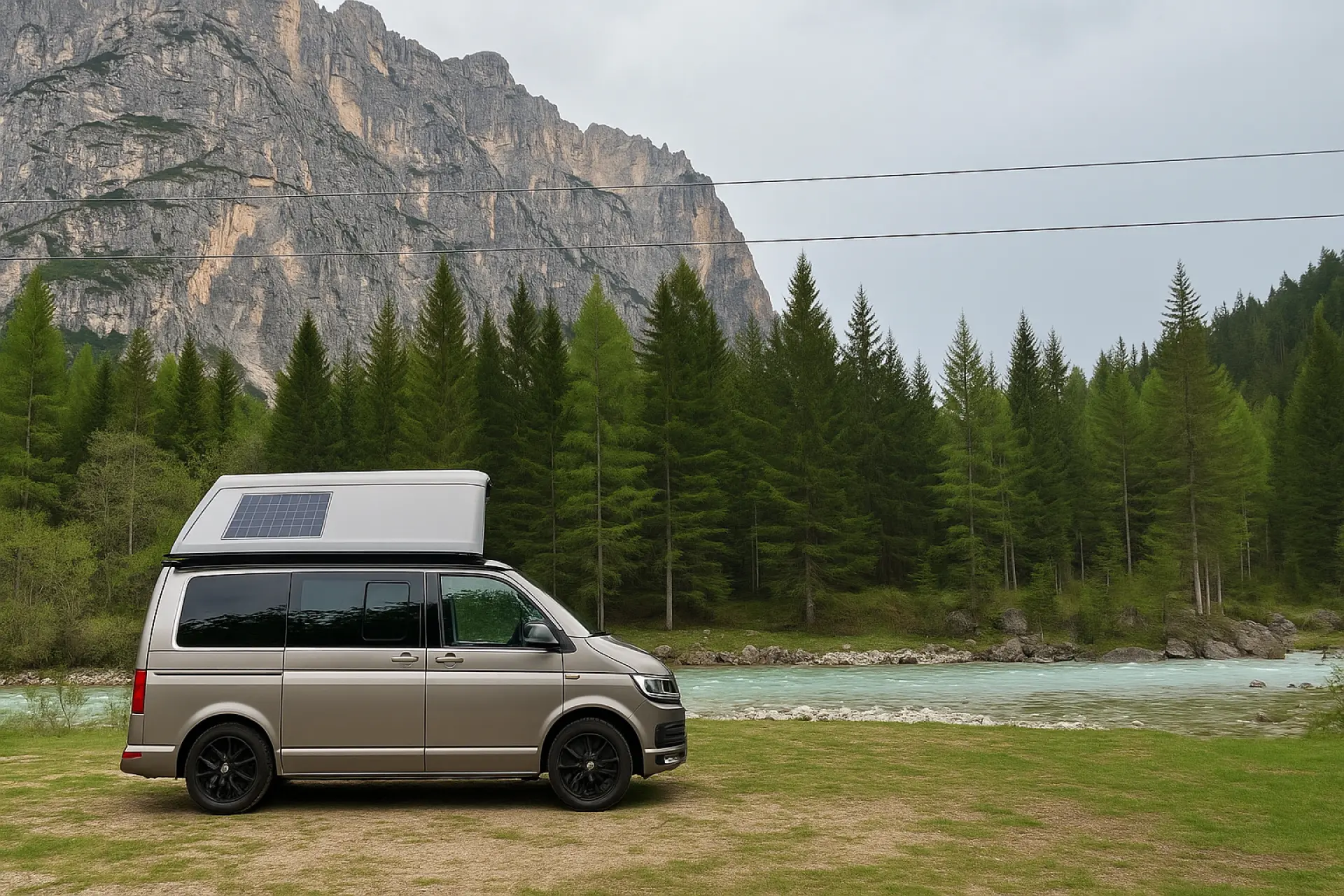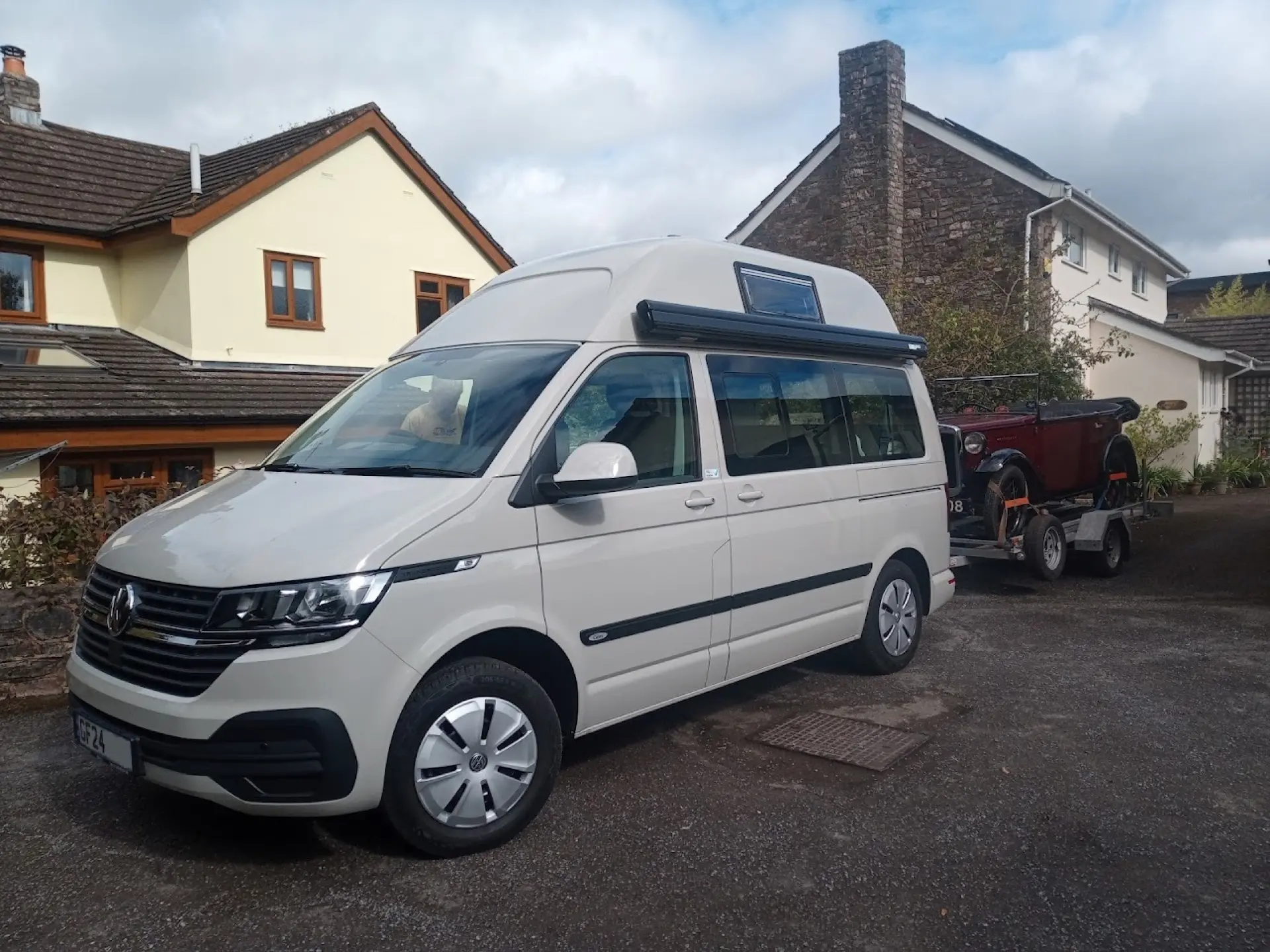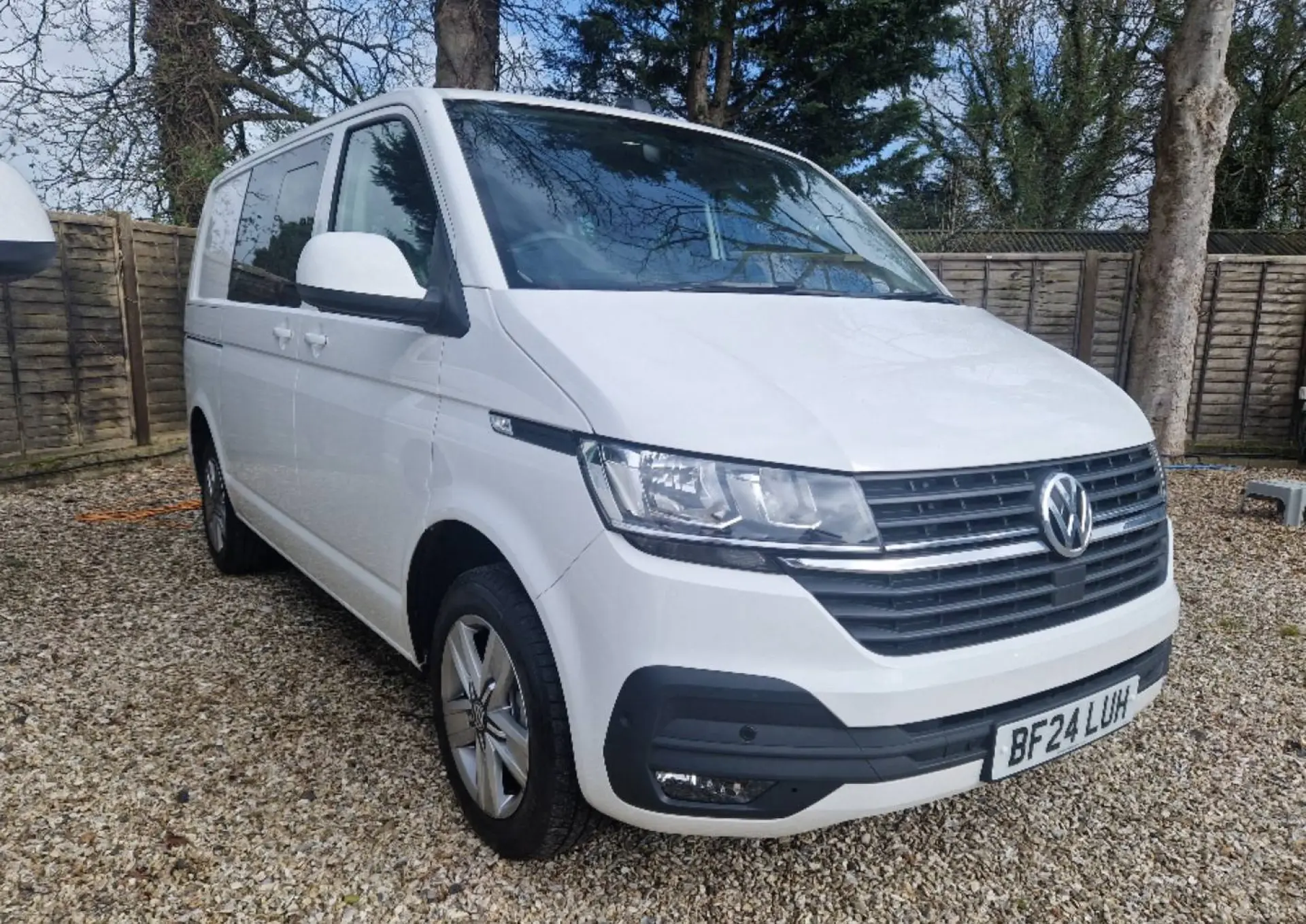Understanding the Main Cost Factors in a Conversion
Budgeting is easier when you know what drives the price. The base van is the first cost to consider. Age, mileage, brand and service history all change what you will pay. Size matters too, as larger vans need more materials and parts. The condition of the van can add early repair bills if there is rust, leaks or engine issues.
Your layout and features shape the budget. Fixed beds use more wood and hardware, while foldaway designs need strong frames and hinges. A kitchen can be simple or high spec depending on the hob, sink, worktop and storage. Adding a bathroom raises costs because toilets, showers and waterproofing need careful planning and good materials.
The electrical system depends on how much power you need. More devices mean bigger batteries and a larger inverter. Charging options such as solar panels, split-charge relays, and mains chargers add cost, and you must include safety parts like fuses, isolators, cable and proper fittings.
Water and gas systems also add up. Plumbing needs tanks, pumps, pipes and sometimes a water heater. Gas systems need bottles, a safe locker, a regulator and certified installation to keep everything secure and legal.
Choosing the Right Van: Purchase Price and Condition
Start with a clear budget. Set a limit for the van and a separate pot for early repairs and paperwork. Prices vary by age, mileage, size and brand. Newer vans usually cost more but may need less work. Older vans are much cheaper to buy, but they can hide plenty of costly repair bills.
Think about size and weight. Bigger vans give more space but cost more to buy and to run. They may also have higher insurance and road tax. Check if you need a van that meets city clean air rules, as this can affect both price and future costs.
Look closely at the mileage and service history. A well-serviced van with higher miles can be a better choice than a low-mileage van with no records. Ask for the service book and receipts, and make sure you take a good look at the recent work, for example, timing belts, clutches, brakes, and tyres, as these jobs are costly.

Inspect the bodywork with care. Rust is the main enemy. Check wheel arches, door sills, floor, roof seams and under the van. Look for bubbling paint, fresh underseal and damp smells. Water leaks around windows, doors and roof lights can lead to rot and mould.
Check the engine bay and fluids thoroughly. The oil inside should be clean and at the right level. Coolant should be the correct colour with no oil in it. Listen for knocks or rattles on start-up. Blue smoke can mean oil burning. Excessive white smoke once warm can point to problems.
Test drive on different roads. The van should start easily, idle smoothly and pull well through the gears. Brakes should be firm and straight. Watch the temperature gauge and warning lights. Any wobble, clunk, or pull to one side needs attention.
Materials and Fixtures: Balancing Quality and Cost
Good choices here can save money and avoid problems later. Start by setting a clear standard for each area of the build. Not everything needs premium parts. Some items must be strong and safe. Others can be basic without hurting comfort or style.
Think about structure first. Use decent plywood and solid fixings for floors, walls and furniture. Cheap boards can warp, swell with damp or split at screw points. A mid-range sheet with proper water resistance usually gives the best value. Seal cut edges and joints so the wood lasts longer.
Moisture control is key in a van. Choose insulation and vapour barriers that are proven for mobile use. Budget options may trap water or slump over time. Spend a little more on the right products and you will reduce condensation, mould and heat loss.
Fixtures take daily wear, so pick them with care. Hinges, drawer slides and catches should be sturdy and smooth. Lightweight marine or camper hardware often costs more but keeps weight down and resists rattles. If funds are tight, use stronger standard hardware, but check weight and fit.
For the kitchen, it's best to choose a simple, reliable hob and sink. Stainless steel sinks and laminate worktops offer a great balance in price and strength. Fancy surfaces tend to look good but they can also scratch or need special care. Use heat-proof mats and edge trims as a way to protect any cheaper worktops.
Insulation, Heating, and Ventilation Costs
Insulation is one of the best investments you can make in a campervan. It keeps heat in during winter and slows heat gain in summer. The cost depends on the type you choose and how much you need. Foam boards and sheep wool cost more than budget rolls, but they perform better and last longer if fitted well. You will also need a vapour barrier, foil tape and adhesives. These extras add to the price, yet they stop damp and make the insulation work as planned.
Do not forget sound deadening. Thin sheets on metal panels reduce road noise and rattles. You do not need to cover every surface. A smart approach to large panels can cut noise for a modest cost.

Fitting takes time and materials. Expect to buy knives, sealants and rust treatment for cut edges. Gaps and thermal bridges waste money and reduce comfort. Careful cutting and sealing saves heat later and lowers the size of the heater you need.
Heating choices have different upfront and running costs. Diesel heaters are common. They cost more to buy and fit than a small electric heater, but they are efficient and work off the van’s fuel. Gas heaters can be cheaper to run in very cold weather, yet the system needs a gas locker, regulators and a safe flue. Electric heaters are quite inexpensive to buy but they usually need a campsite hook-up or a very large battery bank, which raises costs elsewhere.
Installation affects the budget as much as the unit price. You may need brackets, exhaust parts, a fuel line, fuses, a cable, and a thermostat. If you pay a professional, allow for labour and certification. A clean install with the right parts is safer and more reliable than a rushed job with cheap fittings.
Interior Design, Furniture, and Storage Solutions
Start with a simple layout that fits how you live. Think about where you will cook, sleep and sit. Keep walking paths clear so you can move safely. Measure carefully so doors, drawers and seats open without hitting each other. Light colours on walls and cabinets make the space feel bigger, while warm textures add comfort without adding much cost.
It might be wise to choose furniture that does more than one job. For example, why not buy a bed that lifts to reveal storage saves space, a bench with a lift-up lid can hide tools or bedding, or a table on a wall rail can fold away when not in use? Swivel front seats can also turn a smaller area into a lounge. Each piece you decide on should be easy to clean and strong enough for daily use.
Weight matters in a campervan. Use lightweight plywood and simple frames to keep furniture sturdy but not heavy. Seal all cut edges to protect against damp. Fix units to the van’s frame with proper brackets so they will not move while driving. Spread weight evenly from side to side and keep heavy items low to help stability.
Plan storage for what you will carry. Put all your daily items within easy reach. You can keep them in deep drawers under the bed, overhead lockers with a lip, and slim cupboards by the door to make use of any awkward spaces. Fit positive latches so doors stay shut on the road. Line shelves and drawers to reduce rattles. Add vents to your cupboards that hold gas or wet gear to avoid smells and damp.
Think about access and maintenance. Leave space to reach fuses, shut-off valves and water pumps. Use removable panels where you may need to check pipes or wiring. Mark hidden fixings so you can take things apart later without damage. This saves time and money when you need to repair or upgrade parts.
At VW Campervan Conversions Surrey, we provide an endless range of great campervans for you to choose from for your travels. No matter the size, style, or usage time, we're guaranteed to have the perfect campervan vehicle for you and your family.


